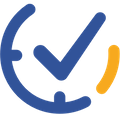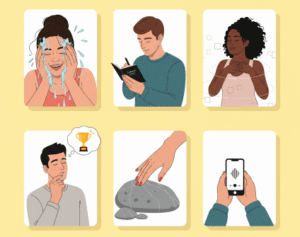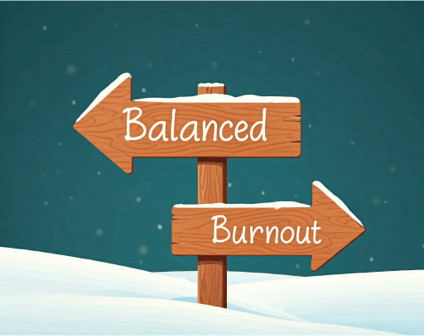Some days feel like a nonstop sprint between tasks, messages, and mental tabs you forgot were open. In that whirlwind, self-care often gets ignored. It’s not that it doesn’t matter—it just feels like something that requires an entire evening or weekend. True self-care, though, is about finding small moments within the chaos. And often, the most effective ones take less than three minutes. Here are a few practices that can help you stay focused, energized, and mentally clear.
Cold Water Splash
Cold exposure activates the vagus nerve, a key player in calming your nervous system and helping your body shift out of stress mode. This simple practice can also improve blood circulation, increase mental clarity, and naturally elevate your mood—without relying on caffeine or energy drinks. One of the easiest ways to start is by splashing cold water on your face for about 90 seconds while taking slow, deep breaths. It may sound simple, but this quick reset can leave you feeling refreshed and focused.
Neuroscientist Dr. Andrew Huberman often discusses the benefits of cold exposure on his podcast, highlighting its ability to boost dopamine levels, which are linked to motivation and well-being. Even a brief burst of cold, like a splash of water or a short cold shower, can lead to a noticeable shift in mental state.
Wim Hof, also known as “The Iceman,” has brought global attention to cold therapy through his method that combines breathwork and cold exposure. While his approach includes ice baths and extreme conditions, he often emphasizes that anyone can begin with small steps. Even ending your regular shower with 30 seconds of cold water can have benefits for resilience, energy, and emotional regulation.
You don’t need special equipment, a gym, or a wellness retreat to try this. Just your sink, a bit of courage, and a minute of your time.

Gratitude Micro-Journal
Gratitude journaling has been scientifically shown to increase serotonin, the brain’s “feel-good” chemical, while lowering cortisol, the hormone associated with stress. This simple practice offers a quick and effective way to shift your mindset from tension and overwhelm to calm and positivity.
By taking just a moment each day to write down one thing you’re grateful for and why you appreciate it, you create a mental reset that helps your brain focus on what’s good. Being specific matters. For example, writing “The quiet moment I had drinking coffee this morning” carries much more emotional weight than simply noting “coffee.” That small detail taps into the experience, making the feeling more vivid and meaningful.
Planndu’s built-in Gratitude Journal is designed to make this process effortless. Just open the app, jot down your short entry, and carry on with your day feeling a bit lighter and more centered. Over time, these small notes accumulate into a pattern of positivity, helping you build greater emotional strength and mental clarity.
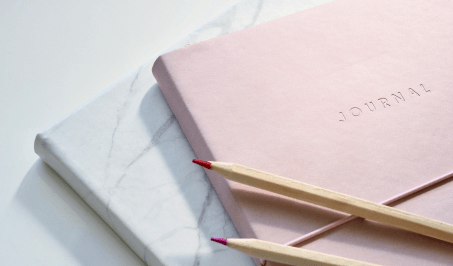
Deep ‘Box Breaths’
Box breathing, also known as square breathing, is a simple technique used by Navy SEALs, elite athletes, and high performers to stay calm, centered, and mentally sharp under pressure. The practice involves breathing in for four seconds, holding for four, exhaling for four, and holding again for four—repeating this cycle at least three times. This rhythmic pattern engages the parasympathetic nervous system, which helps calm your body, lower cortisol levels, and slow down a racing mind. It’s an accessible way to shift your physiology from stress to focus, and you can do it anytime, anywhere.
Experts like Mark Divine, a former Navy SEAL commander and resilience coach, regularly teach box breathing as a foundational tool for emotional control and mental clarity. He describes it as one of the most effective ways to train your brain to stay composed, even in high-pressure situations. The practice has also gained popularity in mental health and mindfulness communities for its ability to reduce anxiety, improve concentration, and create a sense of grounded stillness in just a few minutes. Whether you use it before a meeting, during a stressful moment, or simply to reset during the day, box breathing is a small habit with powerful, lasting effects.

Future Visualization
Visualization isn’t just for athletes or performers—it’s a tool anyone can use to improve focus, motivation, and follow-through. When you mentally rehearse completing a task, your brain starts to believe it’s possible, even familiar. Close your eyes for just two minutes and imagine finishing something you’ve been putting off. Visualize the final moment—what it looks like, how your body feels, the weight lifted from your mind. Feel the ease, the relief, and the subtle pride that comes with completion. That imagined outcome creates a mental reward loop that nudges you toward action in the present.
Before I dive into deep work or something I’ve been avoiding, I pause and picture myself closing my laptop with that calm, satisfied “done” feeling. I imagine what it’s like to be on the other side of the task. That short mental rehearsal helps cut through hesitation and makes the starting line feel less intimidating. Neuroscientists like Dr. Tara Swart have pointed out that visualization activates the same neural pathways as real experiences, priming your brain for success.
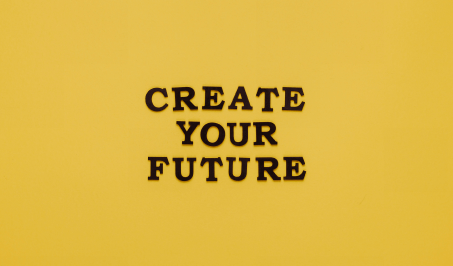
Reset with Object Touch
When your mind is racing, it can be hard to feel grounded. One simple way to reset is through physical grounding—specifically, using touch to anchor your attention in the present. Keep a small, textured object on your desk or in your bag, such as a smooth stone, a piece of driftwood, a string of wooden beads, or even a soft piece of fabric. When you start feeling mentally overloaded, close your eyes and hold the object in your hand. Spend about a minute simply noticing the sensations: the temperature, weight, texture, and shape. Let your mind settle into the physical experience.
While it might seem like a small or even odd ritual, this practice is backed by real therapeutic value. Many therapists and mindfulness coaches recommend tactile grounding as a way to reconnect with your body when your thoughts feel out of control. It’s especially helpful for easing anxiety, calming nervous energy, and creating a pause between tasks.
Dr. Bessel van der Kolk, author of The Body Keeps the Score, speaks about the importance of sensory regulation in managing stress and staying emotionally balanced. Touch is one of the fastest ways to signal safety and presence to the nervous system. This brief tactile reset doesn’t solve everything, but it creates a small, quiet moment of stillness in a noisy day—a space where your mind can catch up with your body and begin again with more clarity.

Voice Note to Your Future Self
We often talk to ourselves in ways we’d never speak to a friend—critically, harshly, or with pressure. But when you take a moment to speak supportively, and actually record it, something shifts. Try this: open your phone’s voice memo app and record a short, 60-second message to your future self. Say something you know you’ll need to hear on a tough day. It might be as simple as, “You’re doing your best. You’ve made it through harder things before. You can take this one step at a time.” Let your tone be calm and steady, like you would if you were comforting someone you care about.
Later, when you’re feeling overwhelmed, discouraged, or stuck, press play. Hearing your own voice, with genuine care and reassurance, creates an immediate sense of calm and connection. It reminds you that the version of you who believed in your strength still exists—and still matters.
Therapists often use this practice to help people build emotional regulation and self-compassion. Research in psychology also shows that positive self-talk can reduce anxiety and improve resilience in high-stress situations. The impact is more personal and lasting when the voice is your own. This small act doesn’t take much time, but it can be a lifeline when your mind is cluttered or your confidence wavers.
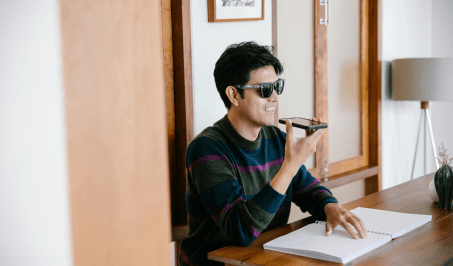
Self-care means meeting yourself exactly where you are, without waiting for the perfect moment or for life to slow down. This week, try incorporating just one or two of these micro-practices into your routine. Set a timer for three minutes and give yourself permission to step away from the rush. Use that time as your personal reset, a brief space where you prioritize your needs, however small. Even on the busiest, most chaotic days, you deserve to carve out this kind of space.
